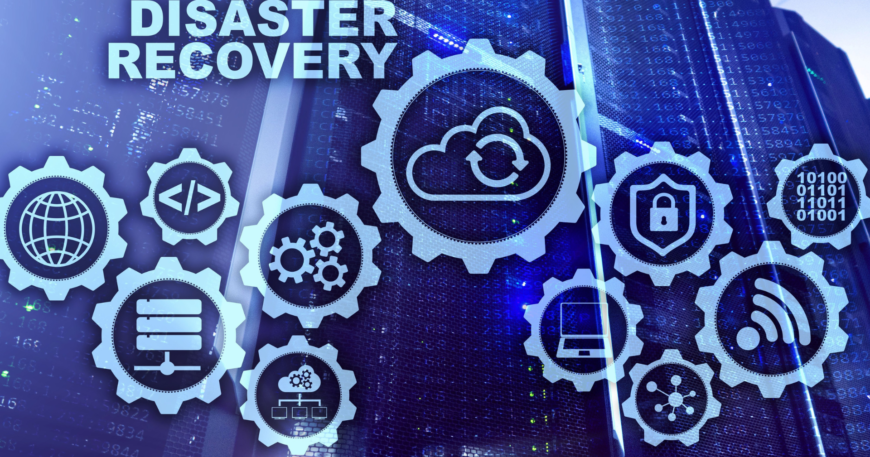At its core, a disaster recovery plan is a document that outlines how a business will continue to function in the event of an interruption or disaster. A well-crafted disaster recovery plan will ensure that your business can weather any storm, from fire or flood damage to a power outage or computer virus.
Need Help With IT Support For Your Business?
Not only does a good disaster recovery plan help to keep your business up and running during difficult times, but it can also improve your bottom line. In fact, studies have shown that businesses that have a disaster recovery plan in place are often able to reopen their doors faster and with less financial loss than those that don’t. Disaster recovery planning is, therefore, an essential part of any business continuity strategy. But what exactly should be included in a disaster recovery plan? Let’s take a closer look.
Identifying Potential Disasters
The first step in developing a strong disaster recovery plan is identifying which disasters could disrupt your business operations. This will vary depending on factors such as your industry, geographical location, and the type of business you run. For example, if you live in an area prone to hurricanes, you’ll want to make sure your disaster recovery plan includes steps for dealing with inclement weather and flooding. Likewise, if you run an eCommerce business, then you’ll need to account for the possibility of cyberattacks.

For 20 Years We Have Been Helping Companies Prevent Loss And Attacks.
Once you’ve identified the potential threats to your business, you can begin developing specific plans for dealing with each. As you do so, keep in mind the three critical components of any effective disaster recovery plan: prevention, detection, and response.
Looking For An It Support Team For Your Business?
Prevention Strategies
Ideally, the best way to deal with a potential disaster is to prevent it from happening in the first place. You can take several steps to minimize the risk of disruptions to your business operations, such as investing in backup generators and data storage solutions or implementing security protocols like two-factor authentication. Taking measures to prevent disasters before they happen can save your business time and money in the long run.
Detection Strategies
Of course, no matter how well you prepare, there’s always a chance that something could go wrong. That’s why it’s just as important to have detection strategies in place so that you can quickly identify when a problem occurs. For example, you might set up system monitors that send alerts whenever there is unusual activity on your network or install surveillance cameras throughout your office. By detecting potential problems early on, you can nip them in the bud before they cause severe damage.
Response Strategies
Lastly, it’s important to have response strategies in place to know what to do if—and when—disaster strikes. These should include short-term and long-term plans for dealing with the aftermath of a disruption. For instance, you might put together emergency kits containing supplies like food and water for employees who are stranded at work during a power outage. You should also have long-term plans to get your business back up and running after more significant disasters like floods or fires.
Looking For An It Support Team For Your Business?
Conclusion: As any business owner knows, disruptions can happen at any time—and often when we least expect them. That’s why it’s so important to have a Disaster Recovery Plan (DRP) in place to know how to handle any potential interruptions to your operations. By taking the time to develop a strong DRP, you can protect your business from costly downtime and ensure that it remains operational no matter what comes it’s way.




